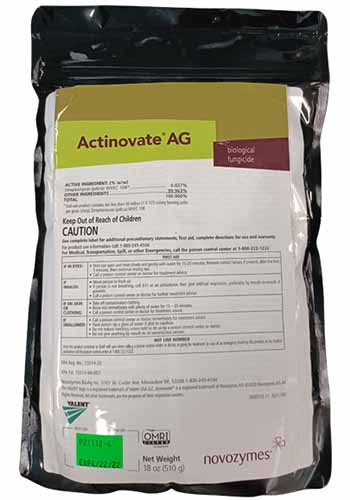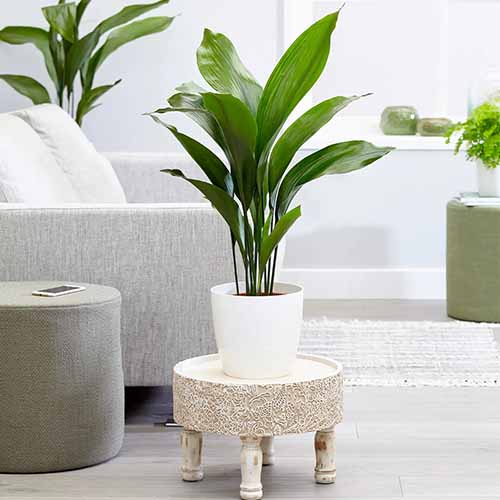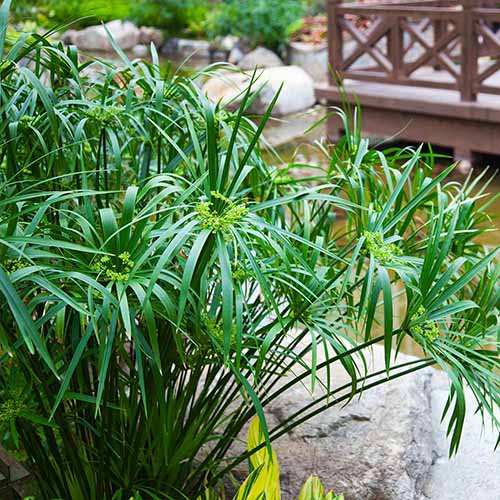Has your beforehand perky, lush, and inexperienced houseplant out of the blue turned sickly yellow and droopy, or are there brown areas on the foliage and dropping leaves?
Root rot is a typical matter in houseplants. Due to they’re grown in such small environments in contrast with what they’d expertise in nature, they’re fairly extra delicate to extremes equal to an excessive amount of water. And an excessive amount of water is a direct trigger for root rot.
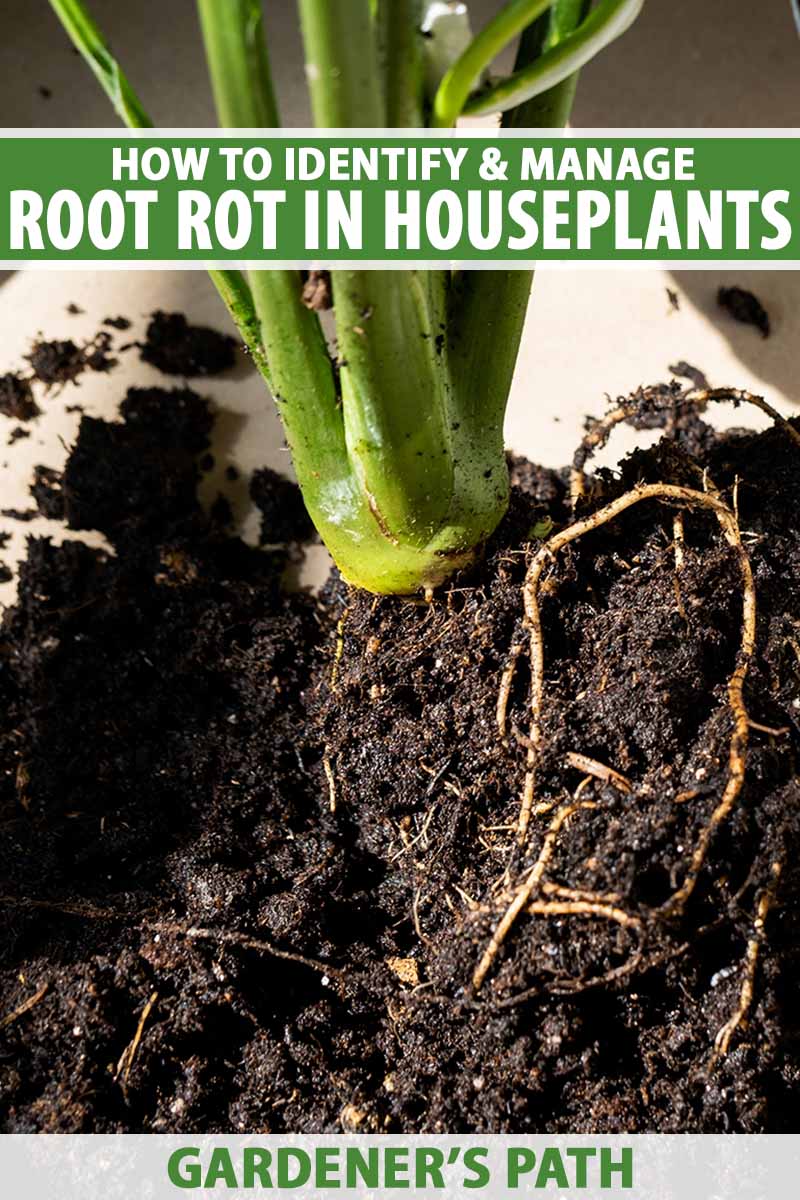

We hyperlink to distributors that will allow you to uncover related merchandise. In case you purchase from thought-about one in all our hyperlinks, we could earn a worth.
Practically any species is inclined to root rot, although some are further resilient than others.
Arising, we’ll provide help to determine in case your plant has root rot and what to do about it.
Correct proper right here’s what I’ll cowl:
Managing Root Rot in Houseplants
Earlier than we work out arrange it, let’s speak about what causes root rot.
Causes of Root Rot
There are two foremost causes of root rot. The primary is an abiotic state of affairs when there may be fairly lots water all through the soil that the roots actually drown.
When the soil is oversaturated, the roots aren’t in a position to entry ample oxygen, they usually begin to flip comfortable and mushy. Similar to one other creature when it’s disadvantaged of oxygen – the plant begins to die.
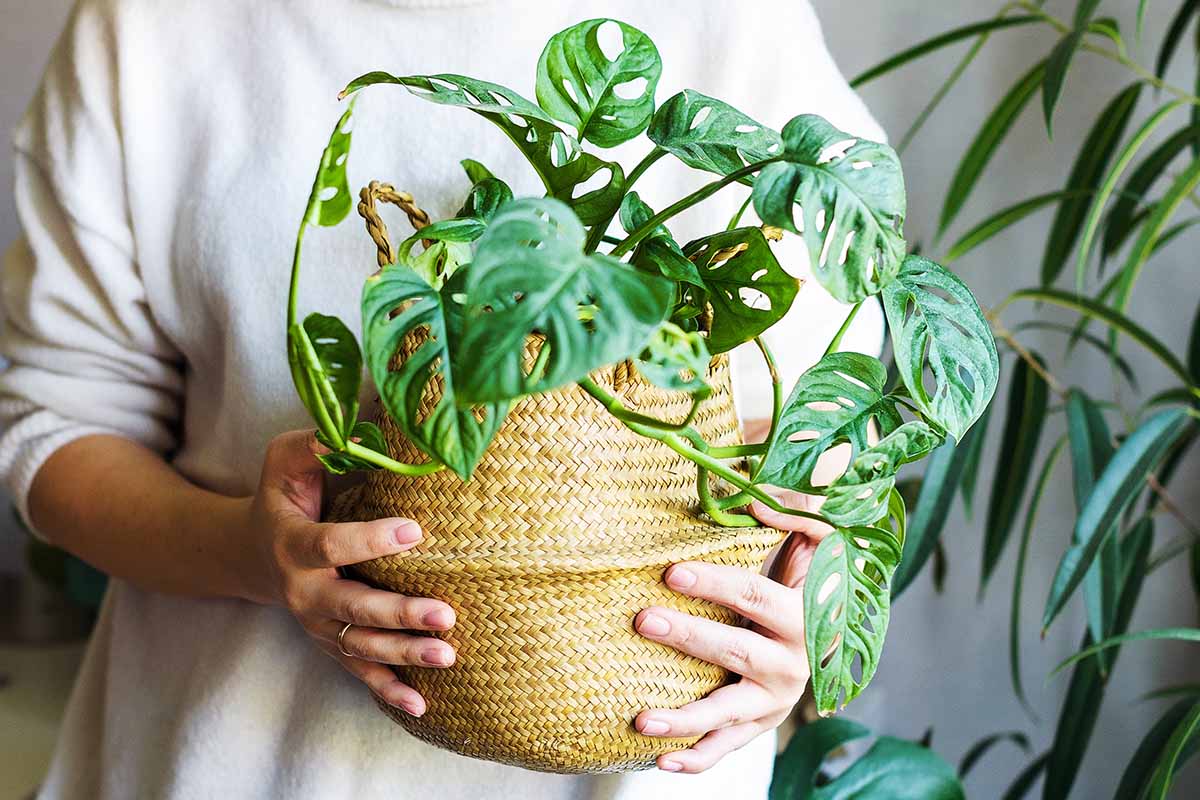

Along with, there are quite a few totally completely completely different fungi and water molds (oomycetes) that may set off the issue, nonetheless Fusarium spp., Pythium spp., Phytophthora spp., Rhizoctonia spp. are the most typical and assault the broadest differ of vegetation.
All of those pathogens thrive in excessive moisture and will be unfold by way of water, in contaminated soil, on contaminated gadgets, and by bugs, notably aphids. The pathogens enter the plant by way of broken vascular tissue.
The pathogens aren’t airborne, nonetheless if in case you might need a moist dwelling or rising home, they will unfold by the use of the water droplets all through the air.
Indicators
The indications of this illness can differ relying on the species affected. Nonetheless on the complete, you’ll see yellowing leaves, brown patches on the foliage, dropping leaves, and stunted progress.
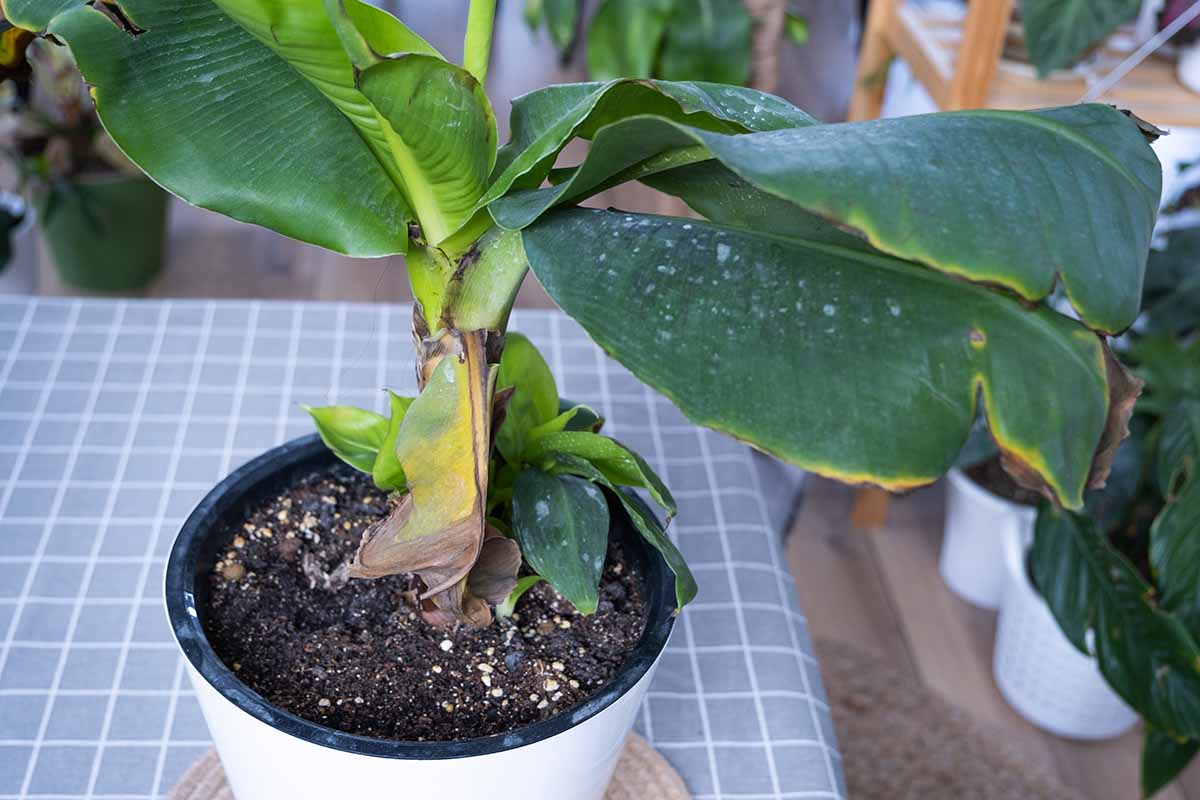

The plant could be wilting although the soil feels adequately moist.
In all probability the best strategies to inform if the illness is current is to take away the houseplant from its container and have a look at the roots.
You’ll often see brown, black, darkish, soggy roots. Among the many many tissue could be healthful nonetheless there could possibly be distinct proof of rotting areas.
Contained in the case of huge, woodier vegetation like some palms and Ficus species, the outer layer of the roots – generally referred to as the dermis – may slough off, leaving the pale inside uncovered.
You may also uncover a nasty odor. In case you’ve ever sniffed the sooner water in a vase that has been holding lower flowers, the scent.
Prevention
Root rot is form of regularly preventable. Actually one in all many biggest methods to keep away from it’s to be cautious about how fairly lots and the way in which during which you water.
Keep away from overwatering by testing the soil alongside alongside together with your finger or a moisture meter before you water.


Don’t rely upon a watering schedule, since each species is completely completely completely different and would possibly take up moisture in any other case relying on the temperature, any breezes in your house, or the relative humidity in your house.
Make certain that each container you employ has drainage holes. You possibly can place a container with drainage inside an ornamental pot, nonetheless make sure you empty it out half-hour after watering. The an equivalent applies throughout the event you use any form of water-catching saucer.
Use a well-draining potting soil relevant for the species that you just merely’re rising, and don’t put a layer of rocks or damaged pottery on the underside of the pot. This really makes the issue worse, not better.
If you water, make sure you apply the water to the soil, not on the leaves. Or use the backside watering technique.
You possibly can be taught further about water houseplants in our information.
At all times use clear, fashionable soil and wipe any gadgets or containers with a ten % bleach determination before pruning or potting up.
If you carry a mannequin new specimen dwelling, isolate it for per week or two to verify it doesn’t have any indicators of illness to keep away from spreading the pathogens to your completely completely different vegetation.
Lastly, keep away from stressing your vegetation. A harassed houseplant is further inclined to pathogens current all through the soil. Inappropriate gentle, drought, and pest factors can all set off stress.
Treatment
The first step in remedy is to take away the plant from the container and eradicate the complete soil.
You would possibly ought to rinse the roots in a stream of lukewarm water, or it can merely brush away if it isn’t oversaturated.
In case you occur to catch a whiff of 1 issue disagreeable, form of much like the sooner water in a vase holding a bouquet of flowers, that’s an exquisite indication of root rot.
When you would possibly want the complete roots uncovered, look them over rigorously. In case you uncover any which can be black, soggy or damaged, lower these off with a clear pair of scissors or clippers solely a bit above the place the harm ends. You need nothing left nonetheless clear, healthful roots.
Wipe the sooner container out with a ten % bleach determination.
Spray the roots with a fungicide formulated for root rot or a broad-spectrum fungicide. There are a complete lot of picks throughout the market, nonetheless you don’t ought to look for one factor fancy. A elementary alternative is copper fungicide.
One different choice is Actinovate AG, which accommodates the helpful microbe Streptomyces lydicus WYEC 108.
This extraordinarily environment friendly fungicide is accessible at Arbico Organics in an 18-ounce bag.
That’s ample to deal with a complete lot of vegetation repeatedly, so it’s good throughout the event you’re coping with quite a lot of specimens or simply need to ensure you would possibly want one issue obtainable.
After you would possibly want trimmed off the complete rotten tissue and handled the roots, repot the specimen with fashionable, clear potting soil. Proceed to soak the soil with a fungicide based on the producer’s instructions till healthful new progress emerges.
Going ahead, use a soil moisture meter and be notably cautious to not overwater.
Resistant Species
In case you actually can’t cease overwatering your houseplants, every get an epiphytic species and mount it on picket or wire, or follow rising air vegetation (Tillsandia spp.). It’s nearly inconceivable to overwater a mounted specimen!
Along with, there are a set of species that aren’t weak to this case. These are some good selections:
Sturdy-Iron Plant
As their widespread title suggests, cast-iron vegetation (Aspidistra spp.) are extremely efficient. Actually extremely efficient.
You’d should totally drown this houseplant for a sustained interval to kill a cast-iron plant.
The strap-like leaves will be discovered fairly a couple of shades of inexperienced and may have fairly variegation contained in the type of spots and or strains.
You may uncover cast-iron vegetation in one- and three-gallon containers accessible at Quick Rising Bushes.
Be taught further about cast-iron vegetation in our information.
Cyperus
Cyperus species like umbrella sedge or papyrus plant (C. alternifolius) are terribly tolerant of moist ft.
They develop in swampy areas all through the wild, so that should return as no shock. In case you’re a convicted overwaterer (raises hand), take into accounts this palm-like species.
Quick Rising Bushes carries this gorgeous species throughout the event you’d need to carry one (or further) dwelling.
Fuchsia
In case you develop fuchsia (Fuchsia spp.) as houseplantsyou’ll not solely be handled to the engaging blossoms, nonetheless a specimen that will tolerate soggy situations as accurately.


Whereas they will technically endure from root rot, you’d actually should make an effort.
Ficus
Many Ficus species are proof towards root rot, each from overwatering and from pathogens, nonetheless not all. Fiddle-leaf figsfor one, appear like further weak than others all through the genus.
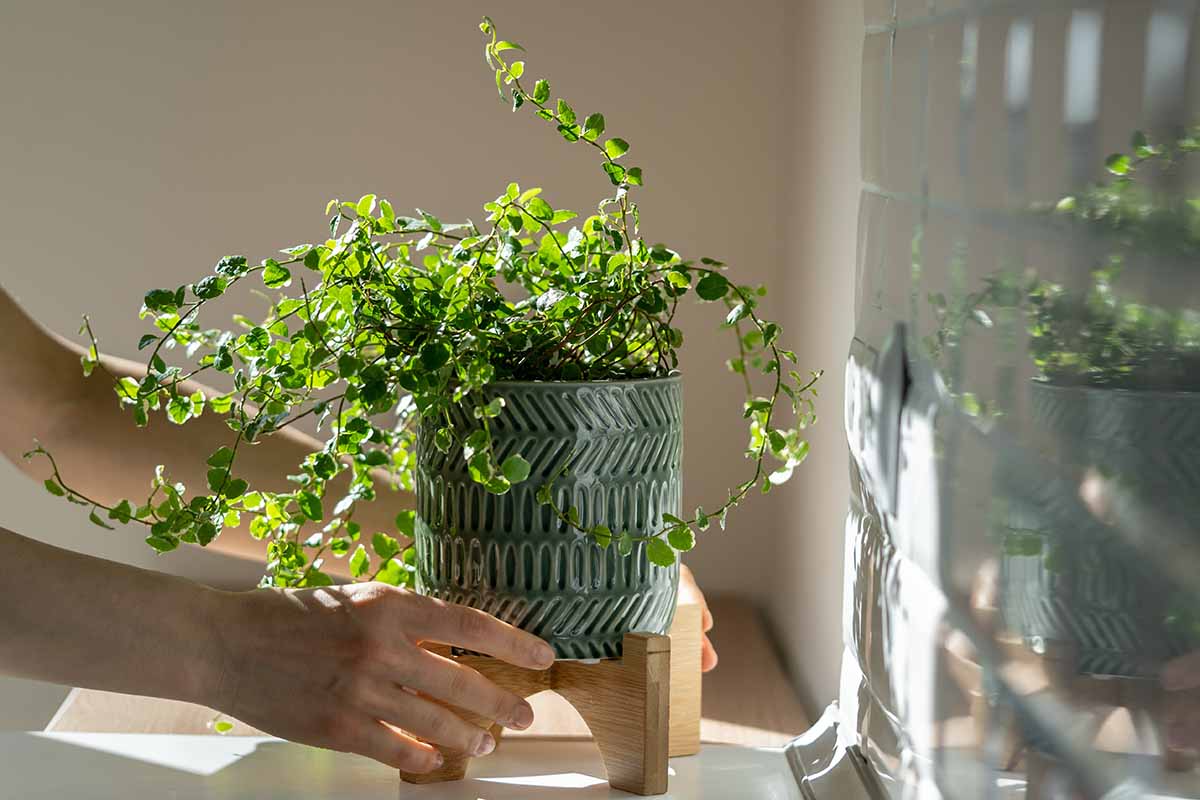

My first expertise with this illness was a fiddle-leaf fig that I overwatered for months before I seen what I’d carried out incorrect.
It misplaced half of its leaves and wished some necessary rehab, nonetheless it actually’s nonetheless with me and lovelier than ever in any case these years.
Nonetheless creeping figs (F. line up), for instance, gained’t flinch at an excessive amount of water.
Be taught further about rising ficus vegetation in our information.
Ivy
Ivy (Ivy helix) isn’t the most effective houseplant to develop, which is ironic given how prolific it’s outdoor.
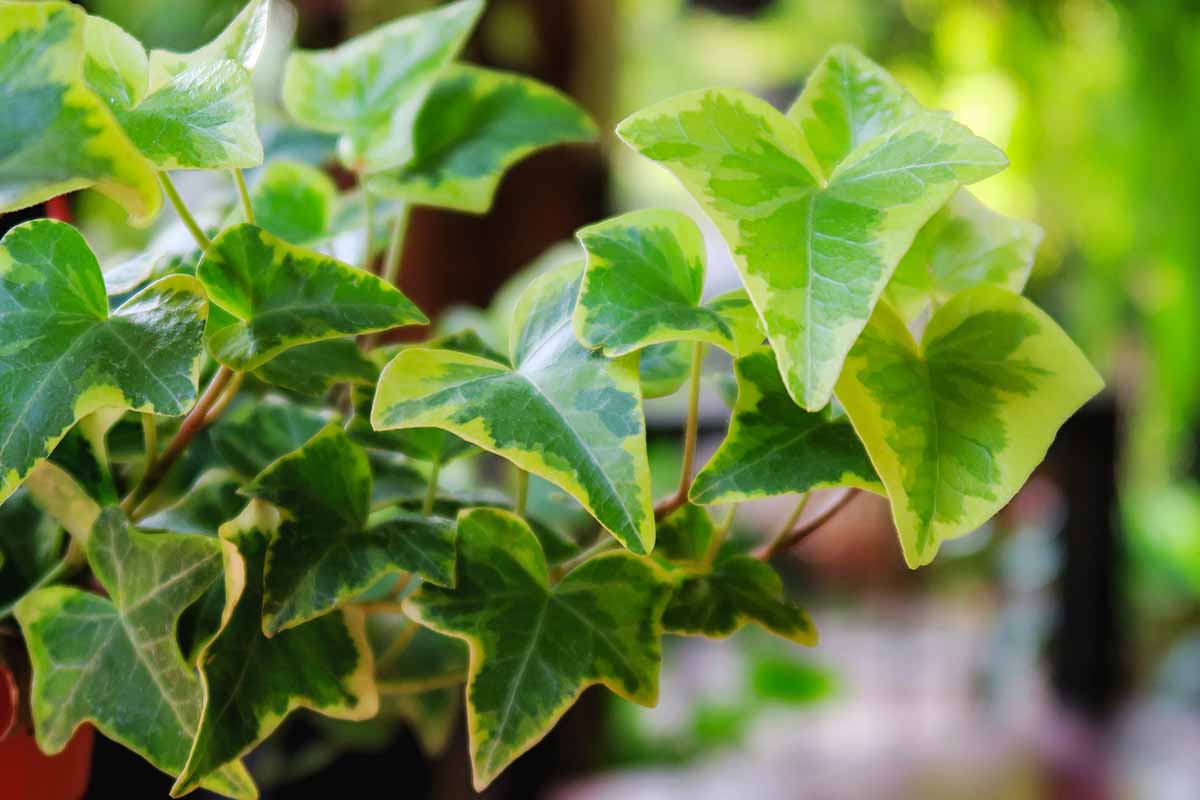

Nonetheless of the complete factors that may make your ivy sad indoors, root rot likely gained’t be thought-about one in all them.
In case you’d need to know further about develop ivy indoors, take a look at our information.
There’s No Goal to Bear With Root Rot
Root rot is probably one in all many further widespread factors when rising houseplants, nonetheless that doesn’t point out it has to set off bother in your indoor yard.
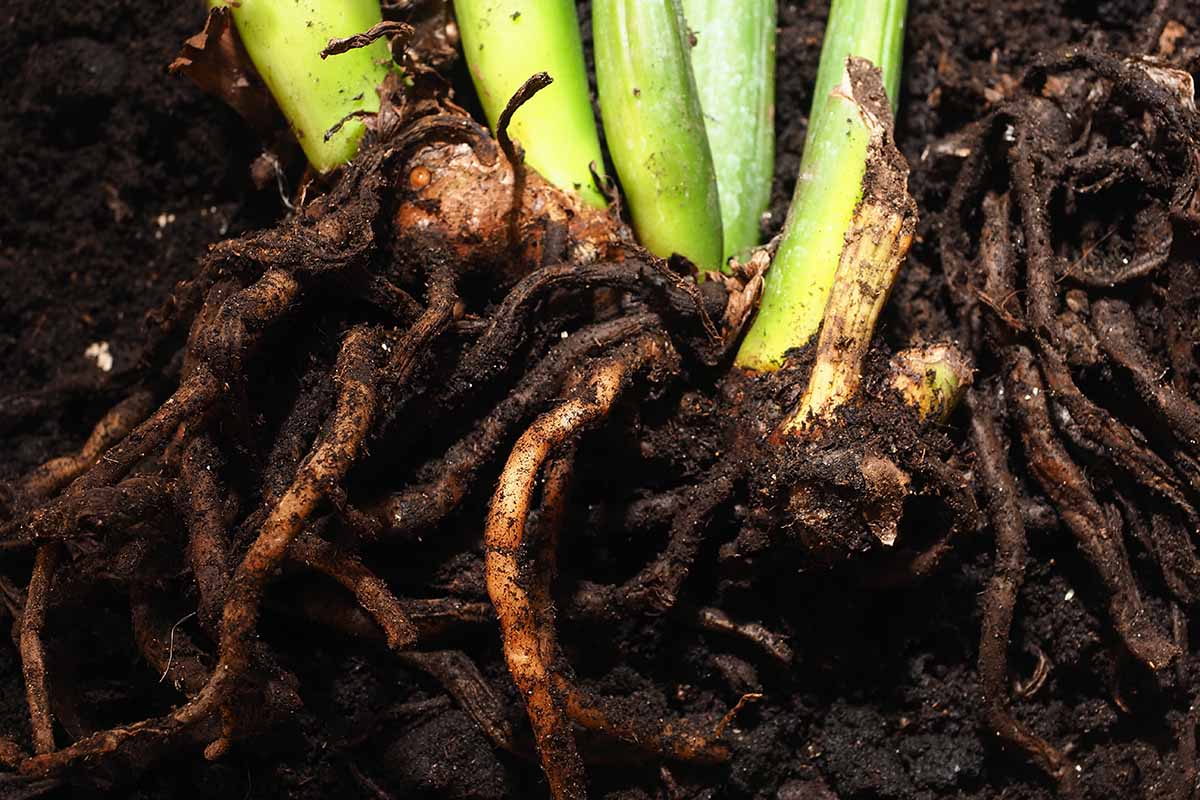

As I mentioned, you may largely keep away from root rot throughout the event you take quite a lot of precautions. Even when it this illness does develop to be a problem, you may deal with it throughout the event you catch it early ample and save your vegetation from optimistic doom.
Are you battling root rot? What indicators are you seeing? Inform us all through the solutions half beneath.
And for further particulars about rising houseplantstake a look at these guides subsequent:

